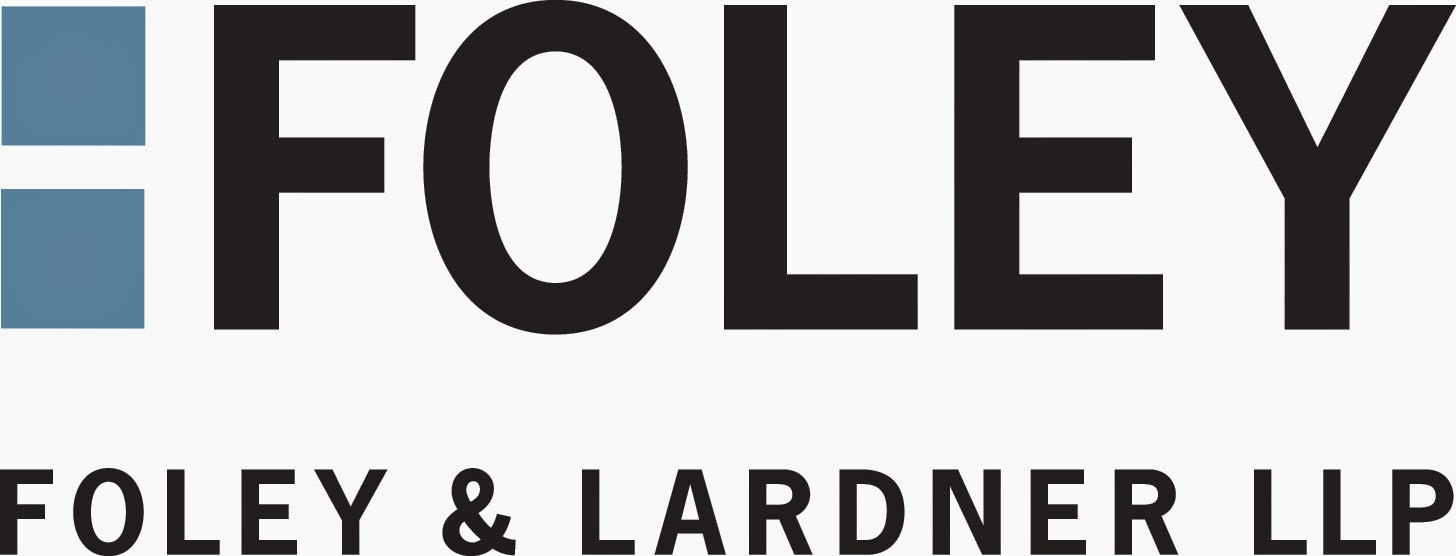Guest Post: Puerto Rico: a Haven for Manufacturers?

By Rosana M. Gutierrez
Perhaps not surprisingly to those familiar with the tropical island, manufacturing remains a key driver of economic activity in Puerto Rico. Indeed, manufacturing accounts for 45% of Puerto Rico’s GDP (compared to 11% in the U.S.) and over 20% of the island’s jobs. Many U.S. multinational companies, particularly in the pharmaceutical industry, have chosen Puerto Rico as their home for manufacturing operations. Why? There are five main reasons.
First, with over 50 years of experience in pharmaceutical manufacturing, Puerto Rico’s greatest asset is a skilled, experienced, yet inexpensive workforce. According to the experts, Puerto Rico offers the lowest labor costs within the U.S. with hourly rates in manufacturing averaging 65-80% of the continental U.S. average.
Second, location, location, location. Situated halfway between North and South America, Puerto Rico serves both continents. Also, Puerto Rico is closer in distance to Africa than the mainland U.S.
Third, as a U.S. territory, Puerto Rico falls within the U.S. legal framework and intellectual property protection. Thus, there is a certain familiarity and predictability for U.S. companies that you would not encounter in China or Europe.
Fourth, because Puerto Rico was and remains a long-standing manufacturing base for the pharmaceutical industry, companies can leverage the existing infrastructure throughout the island. From highways to airports to state-of-the-art port facilities, Puerto Rico has excellent connectivity within the island and to the rest of the world.
Last but certainly not least, aggressive tax incentives historically have attracted manufacturing companies to the island. Consider the following:
- 4% income tax on industrial development income
- 0% to 1% tax rate on income for pioneer or novel products manufactured in Puerto Rico
- Up to 50% tax credit on purchases of products manufactured or recycled locally
- Up to $5,000 for each job created during the first year
Some would argue that this “favorable” business climate was somehow muddied by Act 154, commonly referred to as the 4% excise tax.
Generally speaking, the law imposes a tax on the affiliates of Puerto Rican manufacturers that purchase goods and services from the Puerto Rican manufacturers.
To the contrary, according to the law’s drafters and Puerto Rico government, the tax burden, if any, on U.S. companies is minimal because Act 154 taxes would offset any U.S. tax liability by the same amount. On March 30, 2011, the IRS issued Notice 2011-29 to address this issue. Although the Notice did not offer a legal opinion, it stated that the tax was “novel” and that the IRS would have to study it. Meanwhile and until further notice, U.S. manufacturers in Puerto Rico could continue to credit the tax against their U.S. tax liabilities. Four years later, there has been no further notice by the IRS.
Low operational costs, a strategic location and a favorable tax climate have lured manufacturers to Puerto Rico for decades. While we are seeing increased competition from China and Ireland, given the current global marketplace for manufacturing, Puerto Rico remains an attractive option, particularly for U.S. multinational manufacturers.
This post originally appeared on Foley & Lardner LLP’s Manufacturing Industry Advisor blog. Subscribe to the blog at http://www.manufacturingindustryadvisor.com/
